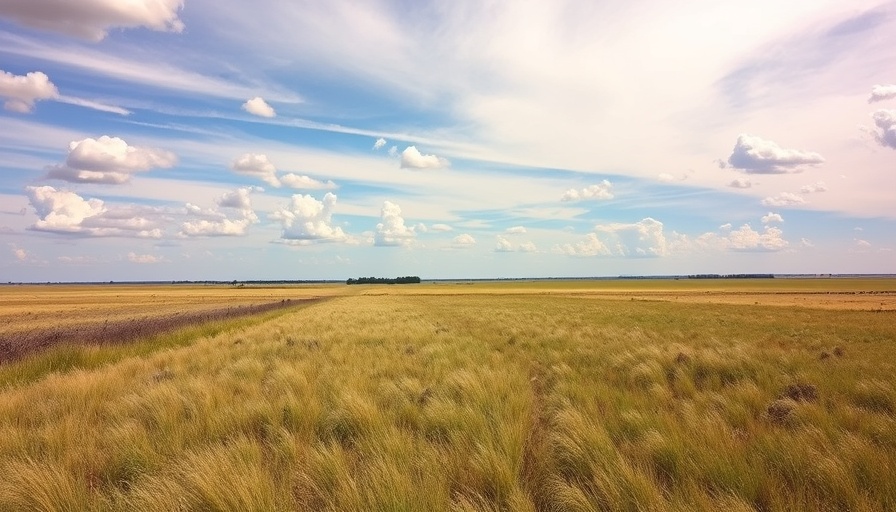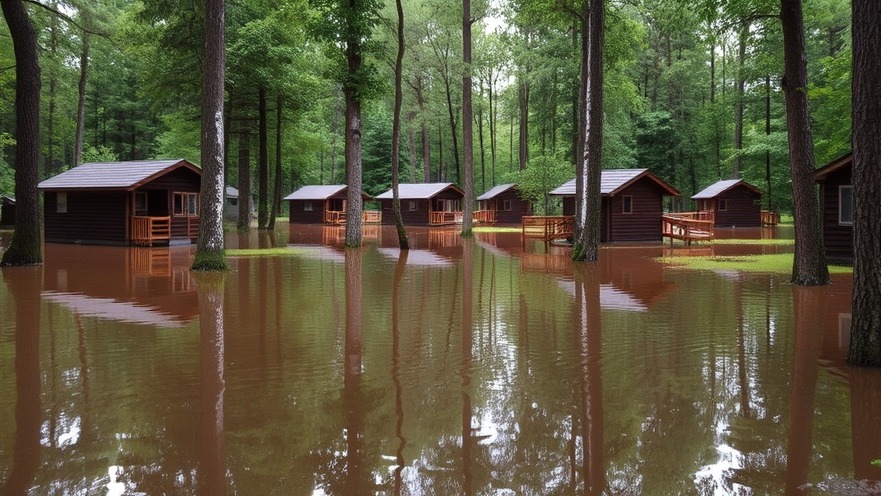
Texas Wildlife Refuge Expansion: A Conservation Setback
The Muleshoe National Wildlife Refuge, Texas' oldest wildlife refuge established in 1935 by President Franklin D. Roosevelt, was poised to undergo a major expansion aimed at preserving the diverse wildlife habitats of the Texas High Plains. With an ambitious goal of increasing its footprint from 6,440 acres to an impressive 700,000 acres, the initiative was a key aspect of former President Biden's "America the Beautiful" initiative. However, under the direction of the Trump administration, plans for this vital expansion have been abruptly halted, igniting concerns among conservationists and advocates.
The Importance of the Proposed Expansion
The planned expansion of the Muleshoe National Wildlife Refuge was primarily designed to protect crucial habitats for various wildlife species, notably the sandhill crane and the lesser prairie-chicken. These birds rely on the grassland ecosystems, which the expansion aimed to restore and protect. The lesser prairie-chicken has faced significant population declines—down by 90% since the 1960s—and is now categorized as endangered in Texas and New Mexico. This proposed expansion was seen as crucial for improving their chances of recovery.
Political Pushback Against Conservation Efforts
Concerns surrounding the expansion arose from local political representatives, particularly U.S. Reps. Jodey Arrington and Ronny Jackson. Their opposition characterized the acquisition of lands for the refuge as a “land grab,” despite assurances that the plan would be executed voluntarily with willing sellers. This growing tension highlights a larger debate concerning land use, conservation priorities, and political influence in environmental policies amidst broader discussions on energy independence.
Environmental and Ecological Consequences
Without the protective measures initially proposed in the expansion, environmental advocates warn of dire consequences for the ecosystem, which is vital not only for migratory birds but also for many other species that thrive in these grasslands. The abandonment of the expansion plan has raised fears that the fragile ecosystems in the Texas High Plains may deteriorate, jeopardizing the survival of species that have been significantly impacted by habitat loss.
Public Sentiment and Future Directions
The sentiment among local communities and environmentalists is one of disappointment as years of careful planning and collaborative efforts were thrown into uncertainty. Despite this setback, hope persists within conservation circles for alternative methods to ensure the protection of these important habitats. Experts like Mike Leahy of the National Wildlife Federation stress the significance of finding ways to collaborate with local stakeholders for future conservation efforts.
Future of Wildlife Conservation in Texas
As discussions around the future of wildlife conservation continue, the decision to halt the Muleshoe expansion has set a precedent that could influence environmental policy across the state and beyond. The spotlight now focuses on how political power dynamics will affect conservation efforts, particularly as Texas gears up for pivotal elections in 2025, where wildlife preservation may become a contentious topic among candidates and voters alike.
Conclusion: The Call for Responsible Stewardship
As the ongoing struggle between energy interests and environmental conservation persists, the situation at Muleshoe Wildlife Refuge serves as a reminder of the critical balance that must be maintained. Active engagement in discussions surrounding conservation is essential, particularly as policymakers re-evaluate priorities affecting Texas's natural heritage. Clearly, the fate of the Muleshoe Refuge is intertwined with broader ecological and political narratives that deserve our attention and advocacy.
 Add Element
Add Element  Add Row
Add Row 



Write A Comment